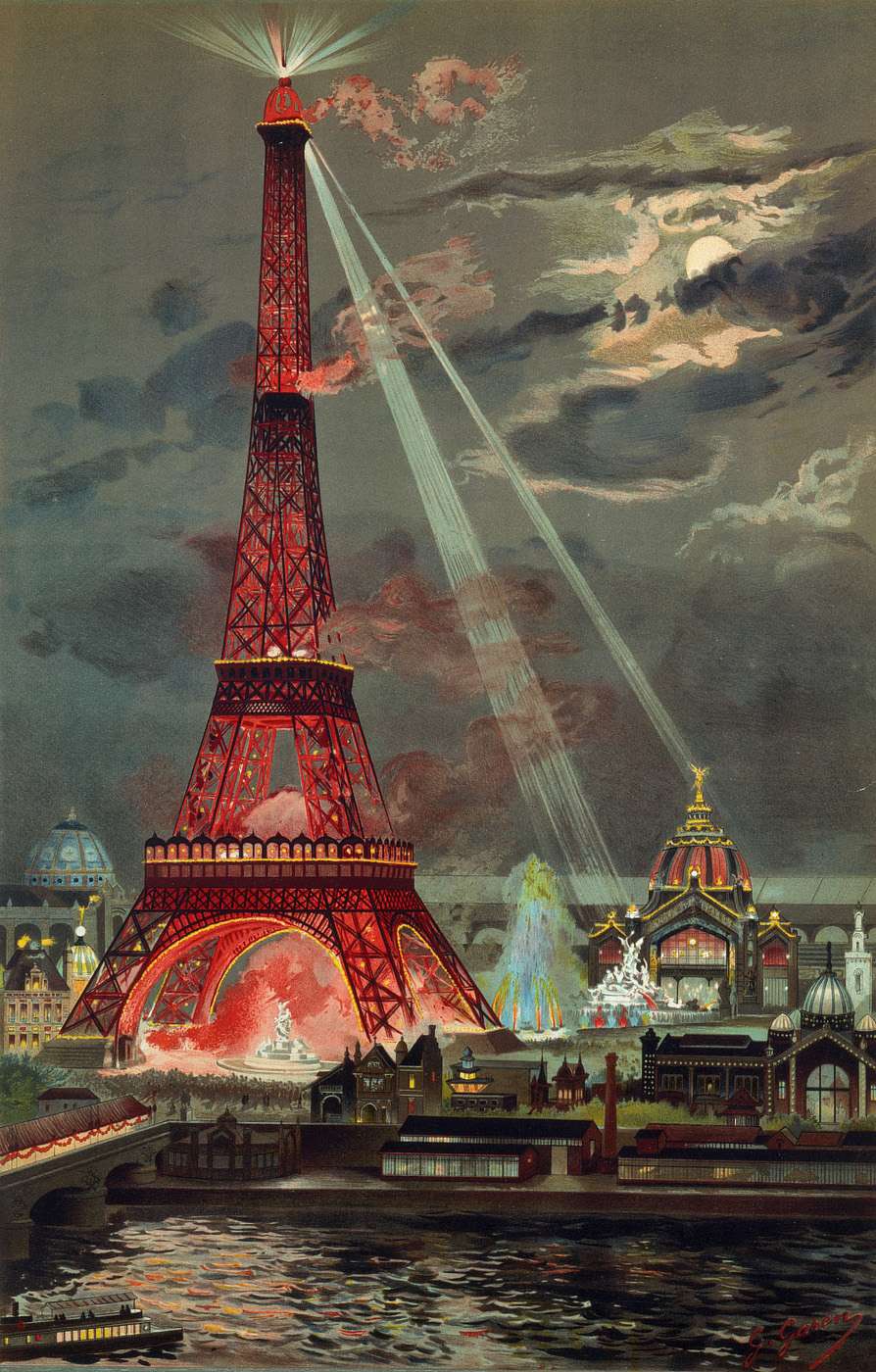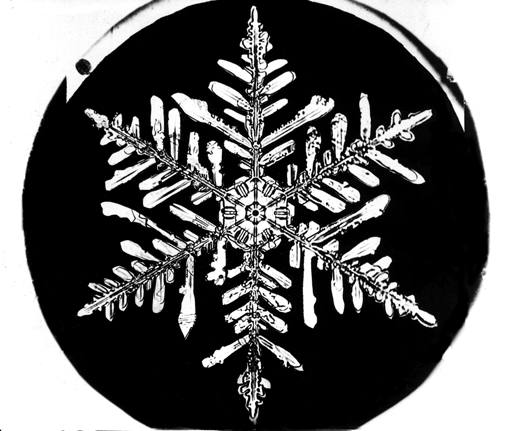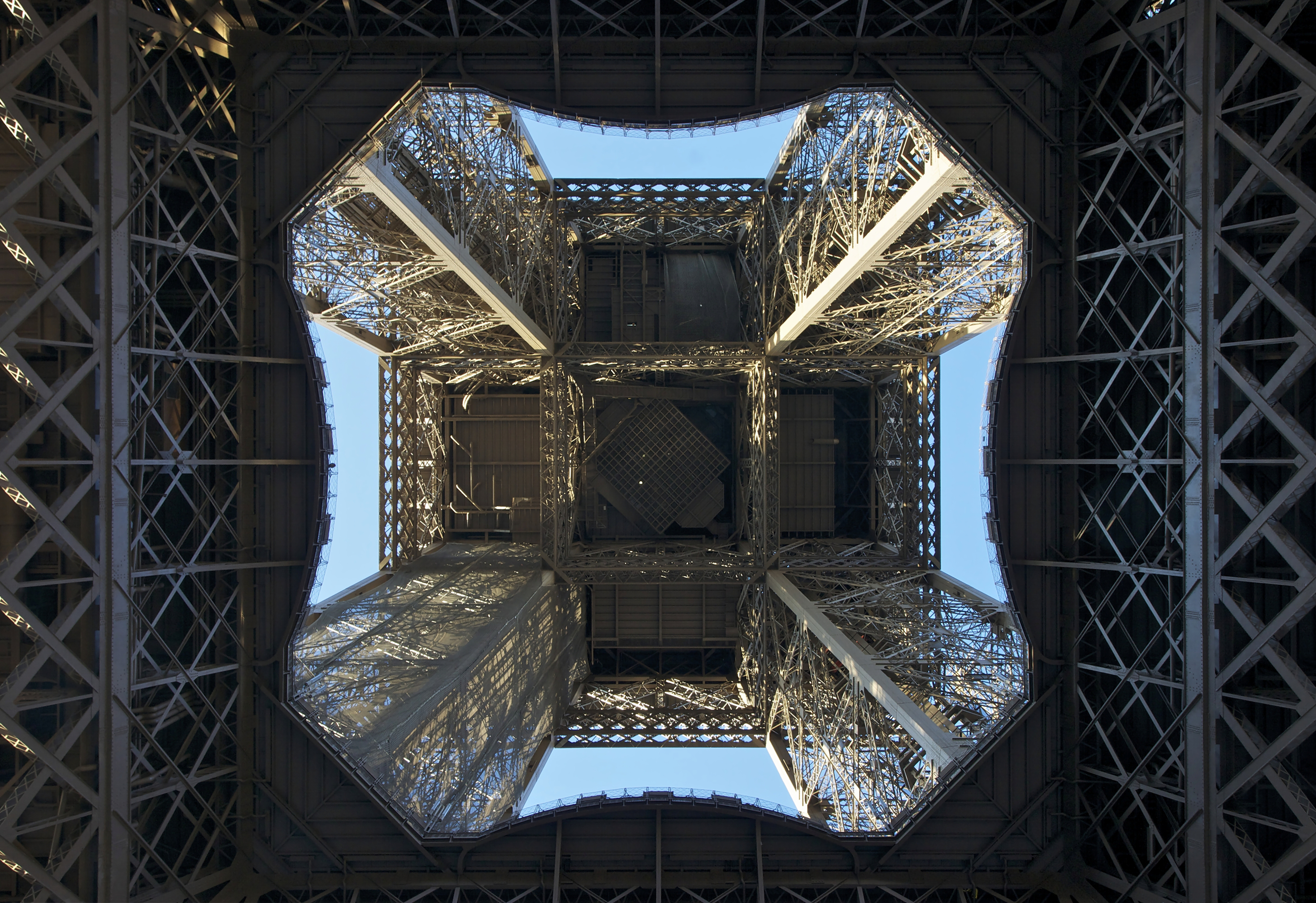
Coastal cities combating sea rise often respond by building barriers. But the Dutch, experts on inundation since the earliest days, have a different idea: letting the water in. Rotterdam, once the world’s largest port, is a city 90% below sea level. The city’s solution to sea rise includes creation of the Eendragtspolder, with water sports featuring the World Rowing Championships. Giving water more places to flow has rebuilt the Netherlands: a systems approach includes new views of space, rebuilding gates and bridges, redesigning sewers, linking social media, and incorporating climate response in primary education (children learn to swim wearing clothing and shoes). After Hurricane Sandy, the Dutch helped New York rethink lower Manhattan; Bangladesh benefited from advice that reduced fatalities during floods. It’s about anticipating, rather than avoiding, crises. To be sure, flood gates have their place, proven by Maeslantkering, a storm barrier bigger than two Eiffel Towers. But the Dutch are more about going with the flow: rebuilding land on water means dikes with shopping malls, even floating dairy farms. China’s Grand Canal might provide inspiration on the benefits of letting water shape strategy. Boston to Bangladesh, Rhode Island to Rotterdam, coastal areas might find innovation and opportunity in going Dutch.
Kimmelman, Michael. “Climate Change Isn’t Just a Fact for the Dutch. It’s an Opportunity” in the Changing Climate, Changing Cities series. 15 June 2017, The New York Times. https://www.nytimes.com/interactive/2017/06/15/world/europe/climate-change-rotterdam.html?_r=0
Peirce, Neal R., Curtis W. Johnson, with Farley M. Peters. Century of the City: No Time to Lose. The Rockefeller Foundation, 2008. ISBN: 0891840729.
Building the World Blog by Kathleen Lusk Brooke and Zoe G Quinn is licensed under a Creative Commons Attribution-NonCommercial-NoDerivs 3.0 Unported Licen








